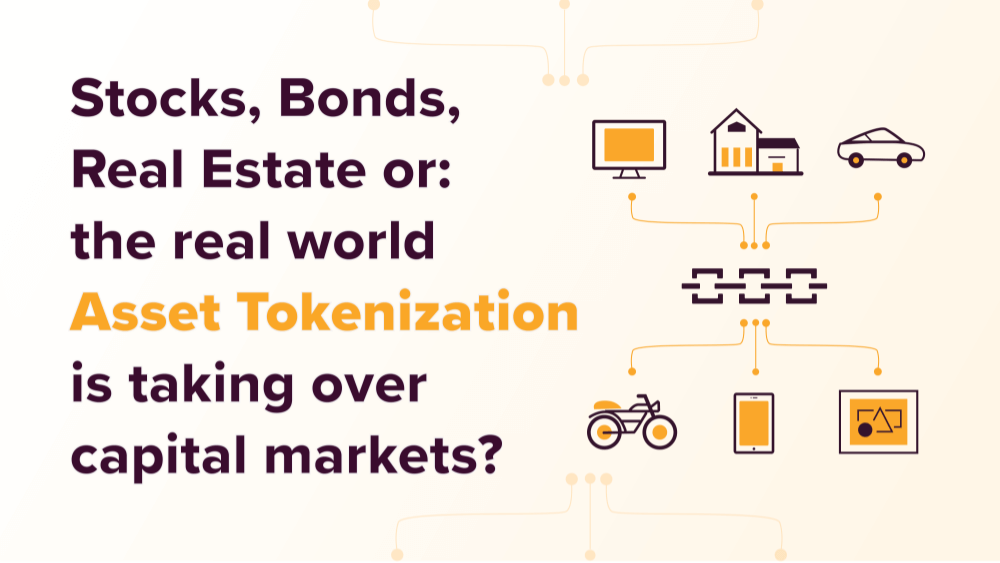IT IS YOUR MONEY
Tokenized Bonds: The New Era of Fixed Income
Tokenized bonds are redefining fixed income with faster settlements, 24/7 trading, and lower issuance costs. Governments and corporations are issuing digital bonds on blockchain to improve efficiency. Examples from France, Japan, and Germany show strong institutional adoption. This innovation brings transparency and accessibility to traditional debt markets.

What Are Tokenized Bonds?
Tokenized bonds are digital representations of debt securities issued on a blockchain. Like traditional bonds, they pay periodic interest (coupons) and return principal at maturity. However, they leverage smart contracts to automate issuance, coupon payments, and redemption, reducing reliance on intermediaries like clearinghouses and custodians.
Each token represents a bond unit, enabling fractional ownership and programmable compliance. For example, a €100 million corporate bond can be split into 100,000 tokens of €1,000 each, allowing smaller investors to participate.
Advantages Over Traditional Bonds
Traditional bond markets suffer from slow settlement (T+2 or longer), high operational costs, and limited trading hours. Tokenized bonds settle in minutes or seconds, operate on permissioned or public blockchains, and can be traded around the clock.
They also reduce issuance costs. A 2023 report by the Bank for International Settlements (BIS) found that tokenized bonds can cut issuance expenses by up to 40% by eliminating manual processes and third-party verification.
Additionally, real-time ownership tracking enhances transparency and reduces the risk of fraud or reconciliation errors.
Global Adoption and Institutional Pilots
France issued a €100 million two-year government bond on a private blockchain in 2022, marking the first sovereign digital bond. The European Investment Bank followed with a €100 million digital bond on the Ethereum blockchain, demonstrating cross-border programmability.
In Asia, the Japanese Ministry of Finance conducted pilot tokenized bond sales in 2023, aiming to modernize its debt market. Germany’s Deutsche Bundesbank tested a digital Pfandbrief (covered bond) with Commerzbank, using blockchain for issuance and secondary trading.
Corporations are also joining. In 2024, Siemens issued a €50 million digital bond on a private blockchain, automating interest payments and investor reporting.
Challenges and Regulatory Progress
Despite momentum, challenges persist. Regulatory frameworks must recognize tokenized bonds as legal debt instruments. In the EU, MiCA and the proposed Digital Finance Package aim to provide clarity. The U.S. is progressing through state-level sandboxes and SEC guidance.
Custody and interoperability remain concerns. Institutions need secure digital wallets and standards for cross-chain transfers. However, initiatives like the BIS’s Project Helvetia and Project Guardian are testing multi-currency, multi-ledger settlements.
The Future of Fixed Income
As central banks and financial institutions embrace digital infrastructure, tokenized bonds are poised to become mainstream. They offer a compelling blend of tradition and innovation—preserving the safety of fixed income while enhancing efficiency and accessibility.
Retail investors will gain easier access to high-quality debt instruments, while institutions benefit from streamlined operations and new liquidity pools.
The bond market is no longer confined to trading desks and quarterly reports. It’s moving on-chain, becoming faster, smarter, and more inclusive.
To discover how tokenized bonds can enhance your fixed-income strategy, visit DigitalAssets.Foundation and speak with experts for a FREE consultation.

More News
© 2025
